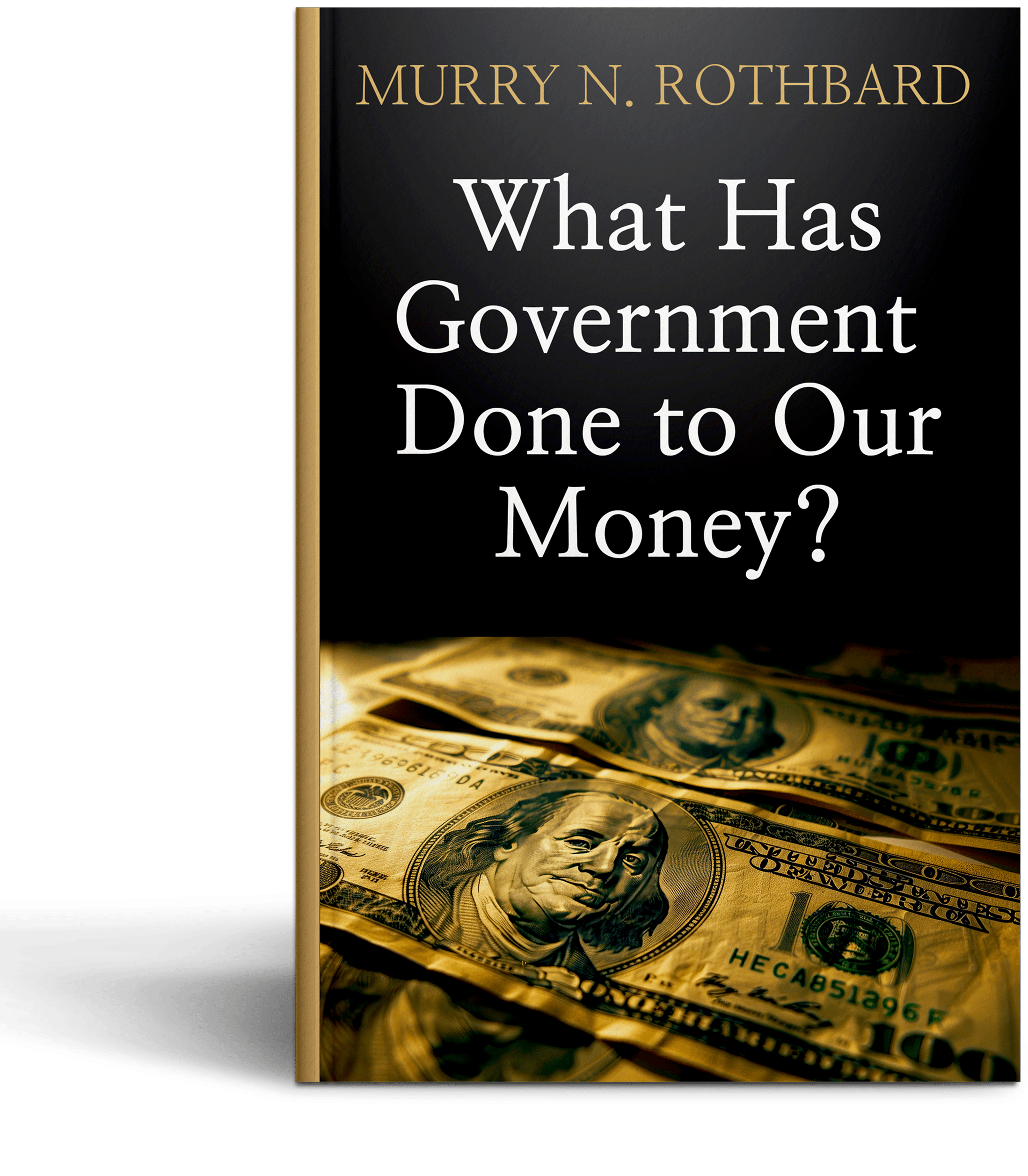President Trump has unveiled the “One Big Beautiful Bill”—a sweeping economic agenda aimed at supercharging growth, reviving domestic industry, and restoring American prosperity. While the details are still being debated in the House and Senate, the spirit of the bill is clear: it’s designed to turbocharge GDP through pro-growth initiatives like tariff reform, tax relief, deregulation, and energy independence. It’s an ambitious plan, and many investors are rightfully optimistic about what it could mean for the economy.
But even if it works—and we genuinely hope it does—the math we’re facing is daunting.
Last year, the U.S. government brought in $4.9 trillion in revenue, while spending $6.8 trillion. That’s a shortfall of $1.9 trillion. And here’s the kicker: even if we freeze spending at current levels—which is itself highly unlikely—we’d still need to increase revenue by 38.78% just to break even. Nevermind paying down the debt.
Let’s think about that.
The United States is the largest economy in the world. It’s mature. It’s stable. But those very strengths make it hard to grow quickly. Unlike a startup or a small emerging market, we don’t double revenues overnight. So while Trump’s plans may create more favorable conditions, we still have to ask:
Can a $29.7 trillion economy realistically grow revenues by nearly 39% in four years?
That’s a steep ask—even under ideal conditions.
And remember, that 39% revenue increase assumes spending stays flat. But that’s not how our government works. Two major forces guarantee that spending will continue rising:
- Entitlements – Social Security and Medicare grow automatically as more Americans retire and cost of living adjustments (COLAs) kick in. These are not optional—they’re legally obligated and politically untouchable.
- Interest Expense – Every year we run a deficit, we borrow more. And every dollar we borrow adds to the national debt, which means next year’s interest bill gets even larger—especially with today’s higher interest rates.
So the truth is, we don’t just need revenue to grow 39%.
We need it to outpace spending growth by that much. That’s not a challenge—it’s a structural impossibility under current conditions.
None of this is a knock on Trump. God bless him, and we sincerely hope his policies succeed. But we have to be honest with investors. We are extremely unlikely to balance the budget in the next four years. Smaller deficits? Maybe. But no deficits at all? That’s a fantasy unless we see radical, politically difficult changes to the budget’s largest components.
And as long as deficits persist, so will borrowing. As borrowing grows, the Federal Reserve will continue playing a quiet but powerful role—buying up Treasuries with newly created dollars to keep interest rates from rising too high. This isn’t free-market price discovery. This is debt monetization, plain and simple. And over time, it weakens the purchasing power of the dollar.
So yes, we’re rooting for growth. We’d love to see the One Big Beautiful Bill pass. But let’s not kid ourselves:
We’re actually in One Big Beautiful Bind.


